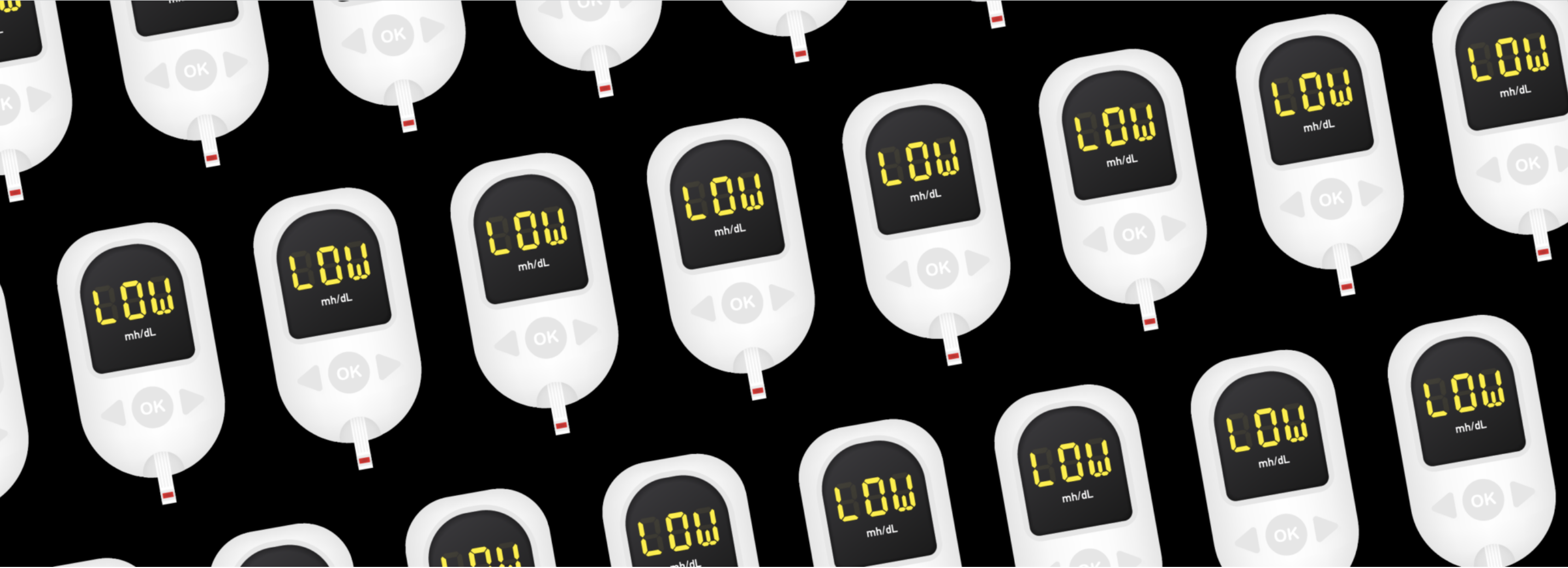Know Your Risk for Cardiovascular Disease
Written by: T'ara Smith, MS, Nutrition Education
4 minute read
February 4, 2021
What's the risk of developing cardiovascular disease if you have type 2 diabetes? Learn them here.
Cardiovascular disease (CVD) is one of the diabetes-related complications every person with diabetes should be aware of. A number of conditions can fall under the scope of CVD such as heart disease, heart attack, stroke, heart failure, arrhythmia and heart valve issues. In this article, we’ll discuss the risks of developing cardiovascular disease for people with type 2 diabetes, as well as the signs, symptoms and how to prevent CVD.
Cardiovascular Disease Conditions:
- Heart Disease
- Heart attack
- Stroke
- Heart Failure
- Arrhythmia
- Peripheral artery disease
Quick Facts about Diabetes and Heart Disease:
- Heart disease is the leading cause of death for men and women in the United States.
- At least 68 percent of people aged 65 or older with diabetes die from a form of heart disease and 16 percent die from strokes.
- People with diabetes are two to three times more likely to have heart disease or a stroke compared to people without diabetes.
- According to the American Heart Association (AHA), diabetes to be one of the seven major controllable risk factors for CVD.
- Adults with diabetes two to four times more likely to die than those without.
Risk Factors for Cardiovascular Disease
So, how are diabetes and cardiovascular diseases related? Long periods of high blood sugars can damage your nerves and blood vessels. But, there are other risk factors for cardiovascular diseases such as:
- Hypertension and high blood pressure
- High levels of LDL cholesterol
- High triglyceride (fat) levels in the blood
- Smoking
- Excess visceral belly fat
- Eating patterns high in saturated fat, trans fats and sodium
- Drinking too much alcohol
- Family history of heart disease
- Stress
People of Color with Diabetes Are at an Even Higher Risk for CVD
Heart disease is the leading cause of death for most people of Black/African-Americans, Hispanics and Native Americans. Heart disease is second to cancer for women who are of Pacific Islander/Asian-American, Native American and Hispanic ethnicity.
According to the American College of Cardiology, Black people have the highest rate of cardiovascular disease in the U.S., with nearly 47 percent impacted by it; and that number is expected to rise to 50 percent by 2035. For Hispanic communities, similar increases are expected, with 30 percent of the population having CVD in 2015, yet that number is expected to rise to 45 percent in 2035.
Unfortunately, Black people are also two to three times more likely to die from heart disease compared to white individuals. Also, while men are also likely to die from heart disease, the incidences of heart disease deaths in women are increasing, as well.
It’s important to remember these risk factors are influenced by socioeconomic factors such as barriers to access to healthy foods and supermarkets, access to healthcare, particularly preventative care and worse treatment compared to their white counterparts.
Symptoms and Signs of Cardiovascular Disease
Early action and preventative care is key to addressing underlying cardiovascular issues. Here are the signs and symptoms of them:
- Pain or pressure in the chest
- Shortness of breath
- Cold sweats
- Pain or discomfort in the arms, left shoulder, elbows, legs, back, or jaw
- Nausea or fatigue
Preventing Cardiovascular Disease
As a person with diabetes, it’s critical to protect your heart at all costs. You can prevent or delay the chances of developing cardiovascular disease by managing the ABCS:
A – A1C
Make sure you’re getting your A1C checked every 2-3 months, or as agreed to with your doctor. Manage your blood glucose levels on a regular basis by staying within your target range to reach your A1C goals.
B – Blood Pressure
Aim to keep your blood pressure under 140/90 mm Hg or a range set by your doctor.
C – Cholesterol
Talk to your doctor about setting cholesterol levels for you and how much you should consume through your diet. Remember, HDL cholesterol helps reduce the risks of cardiovascular diseases while an eating pattern high in LDL increases them. Choose foods that are low in saturated fat and high in fiber.
S – Stop Smoking
Other ways to reduce the risks of cardiovascular disease include exercising regularly. The American Heart Association recommends:
- 150 minutes of moderate-intensity aerobic activity per week, or;
- 75 minutes of vigorous physical activity per week, or;
- An equal combination of moderate-and-vigorous physical activity
- Moderate-to-high intensity resistance training twice per week.
Key Takeaways:
- Cardiovascular disease accounts for a number of heart-related conditions such as heart failure, stroke, peripheral artery disease and more.
- People with type 2 diabetes are two to three times likely to have heart disease or a stroke, and two to four times more likely to die from heart disease than people without diabetes.
- Risk factors for CVD include high cholesterol, blood pressure and smoking.
- People of color, especially Black and Hispanic people are at a higher risk for CVD and death from CVD.
- Reduce the risk of developing CVD by managing diabetes well, using your ABCS: A1c, Blood Pressure, Cholesterol and Stop Smoking (or don’t start).
- If you’re experiencing any symptoms of CVD, please see a doctor as soon as possible.
This content was made possible with the support of Trulicity, a partner of Beyond Type 2.

Author
T'ara Smith, MS, Nutrition Education
T'ara was diagnosed with type 2 diabetes in July 2017 at the age of 25. Since her diagnosis, she focused her academic studies and career on diabetes awareness and living a full life with it. She’s excited to have joined the Beyond Type 1 team to continue her work. Two years later, T'ara discovered she'd been misdiagnosed with type 2 and actually has latent autoimmune diabetes in adults (LADA). Outside the office, T’ara enjoys going to the movies, visiting parks with her dog, listening to BTS and cooking awesome healthy meals. T’ara holds an MS in Nutrition Education from American University.
Related Resources

The biggest barbecue day of the year is the 4th of July! Celebrating the 4th...
Read more

Hypoglycemia and severe hypoglycemia are two things against which all people with diabetes should be...
Read more

Whether or not you have type 2 diabetes, you must eat. You must also pay...
Read more

